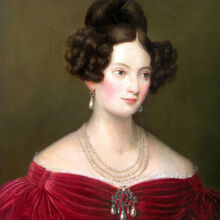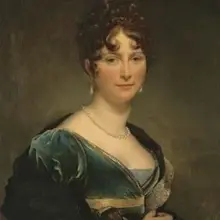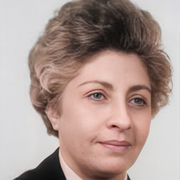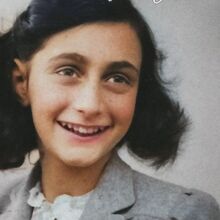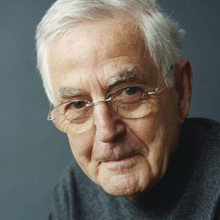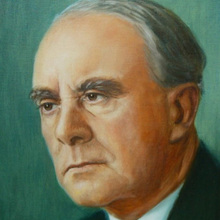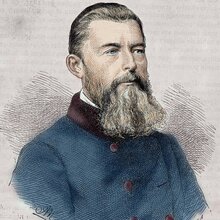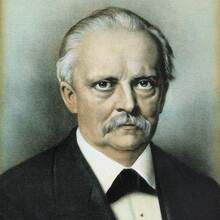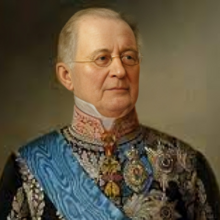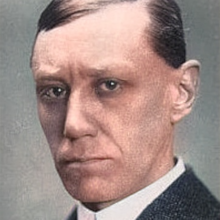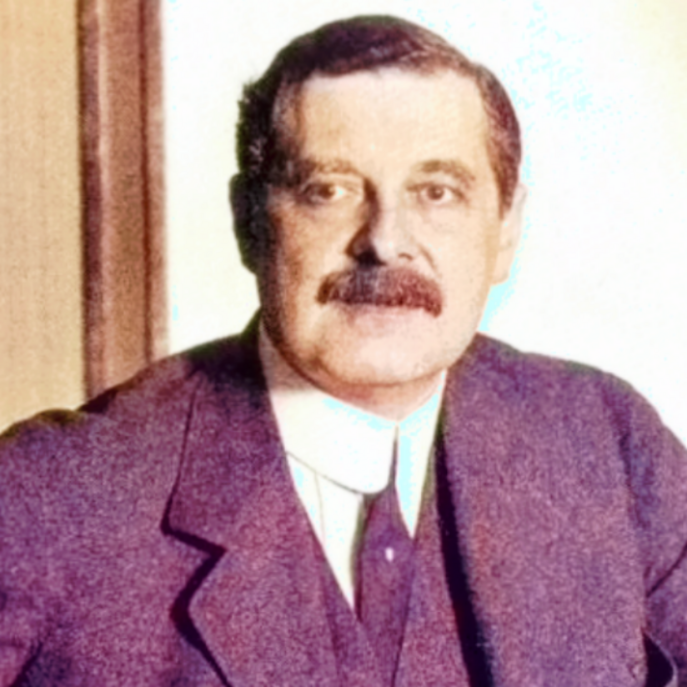
Personal
Other names:
Job / Known for:
Architect, graphic and industrial designer
Left traces:
AEG Turbine Hall, typefaces, objects
Born
Date:
1868-04-14
Location:
DE
Hamburg, Germany
Died
Date:
1940-02-27 (aged 72)
Resting place:
DE
Death Cause:
Heart attack
Family
Spouse:
Lilly Kramer (1890-1914), Lilli von Mendelssohn (1914-1940)
Children:
Frank Behrens (1891-1977), Ludwig Behrens (1894-1963), Sonja Behrens (1916-2005)
Parent(s):
Georg Behrens and Adelheid Behrens (née Schrader)
QR Code:
Show More
Rank
Users ranking to :
Thanks, you rate star
Ranking
5.0
1
About me / Bio:
Show More
Article for Peter Behrens
Died profile like Peter Behrens
Comments:

